 Welcome to NHK, Log Horizon, and No Game. No Life are all part of a trend of featuring NEETs (Not in Education, Employment, or Training) and hikikomori (extreme shut-ins) as protagonists. In the past several years, NEETs have been on the rise across the world. Anime, as an international storytelling medium, reflects this rise. In Mexico, Italy, Greece, and Turkey as many as 20% of 15-24 year olds are NEETs. “The NEET rate has increased in most OECD countries since the onset of the economic crisis [of 2008]” (OECD, 2014).
Welcome to NHK, Log Horizon, and No Game. No Life are all part of a trend of featuring NEETs (Not in Education, Employment, or Training) and hikikomori (extreme shut-ins) as protagonists. In the past several years, NEETs have been on the rise across the world. Anime, as an international storytelling medium, reflects this rise. In Mexico, Italy, Greece, and Turkey as many as 20% of 15-24 year olds are NEETs. “The NEET rate has increased in most OECD countries since the onset of the economic crisis [of 2008]” (OECD, 2014).
No Game. No Life. follows a pair of NEET hikikomori step-siblings Sora and Shiro. The pair is known together as Blank in online games. The two are drawn into an alternate world that is government by a set of rules. The world revolves around the use of games instead of war. Sora and Shiro quickly decide to conquer the world’s 15 species and challenge the world’s God, Tet.
The anime series has interesting visuals. Everything is drawn in pastels and the linework uses red lines instead of the usual black or fill lines. The series has rather creepy brother-sister fetish going on. Although Sora and Shiro are not related by blood, it still unsettled me. The pervasive fan-service got tired fast. Sora develops a pseudo-harem over the course of the story. Although, I can see the point of the fan-service and strange harem dynamics. It plays into the hikikomori mindset. Ugh. Still, I don’t understand how anime fans like this sort of stuff. It only hurts the medium by keeping it from being taken seriously.
But enough about the anime. I’m sure you can find better reviews about it elsewhere. Let’s dig into the trend No Game. No Life examines.
Sword Art Online, Log Horizon, and No Game. No Life. share similar characteristics. Each of them have characters are are NEETs or otherwise social outcasts. These characters turn toward virtual worlds in order to feel actualized and have purpose. In all three, the characters leave the real world and find a better life in the virtual world.
Moral of the story: real life sucks.
Just kidding. All three of the stories poke at something being wrong with modern society. There something is so wrong that large numbers of people want to escape it. Virtual worlds offer such an escape. In games, someone who is socially awkward can become a leader or even a king. NEETs and those who don’t fit into social molds are able to use their skills and talents in virtual worlds without the interference of real world structures. Often, virtual worlds allows a person to be truer to themselves than the real world. Sora in No Game. No Life., for example, is ruthless and cunning, yet he also wants to help those around him. However, his extreme social anxiety keeps him from functioning in the real world.
Okay, I wrote “real world” several times now. I have to point out that virtual worlds are not less real than the physical world. Human interactions are real regardless of where they happen. I wrote about this idea in relation to Sword Art Online II.
I identify with the problems of functioning in the real world. I am not a NEET or hikikomori; however, I grow tired of wearing a fake social mask just because it is expected by society. I tire of needing to be socially on all the time. I am an introvert. Introverts have different brain physiology than extroverts, react differently to stimulation, and have different memory abilities (Lieberman, 2000; Trei, 2002; Booker, 2013) . Basically, extroverts and introverts are fundamentally different, yet society favors extroverts.
Introversion is not something that can be “overcome.” Shyness is a behavior that can be changed. Introversion is biological. The Introvert brain has different wiring than extrovert brains. The prefrontal cortex is thicker, and introvert brains favor acetylcholine over dopamine. Acetylcholine increases our ability to remain calm and focused (Laney, 2002). Although I dislike suggesting introversion is similar to having a disability, telling an introvert to be outgoing is like telling someone who survived polio to run. Introverts like to be social, but only when we have the energy and feel like it. An extrovert cannot understand the exhaustion an introvert feels when socially turned-on for long period of time.
Society love extroversion, and that love contributes to the rise of escapism. Society fails a large segment of people. Forcing certain behavior when it goes against brain physiology is like forcing a panda to eat meat. It erodes mental health. Eventually, people just check out. I have days when I want to check out!
Anyway, the popularity of anime that speaks to this problem shows how many people identify with the challenge of living in a society that forces ideals that are not healthy for introverts. Now, i am not saying that checking out and being a hikikomori is good or healthy. It is not. No Game. No Life. pokes fun at how unhealthy being a hikikomori can be. However, the anime also points out the reasons why people want to escape. Society fails them. Sora and Shiro get a chance to change a society so it can be more inclusive for people like them. That is why virtual worlds are appealing. Introverts do not have to wear masks and meet certain demands. It is also easier to protect social energy when online.
If only life had a block list or afk notification.
No Game. No Life. and other stories like it show the triumph of the introvert (or as Sora calls humans, the weak) over society determined by extroversion. They challenge society in their own ways and force it to change. This is the lasting appeal for these types of stories. The introvert doesn’t have to completely change. Rather, he uses his strengths to force society to change. Sora uses his cunning, and Shiro uses her intelligence while still remaining who they are. The experiences of virtual worlds, such as SAO and Log Horizon changes the protagonists by helping them become truer to themselves. Some break out of their shells, but they never fully become extroverted. Instead, they find their own internal balance that allows them to meet challenges and to love the people around them without hurting themselves in the process.
It is tough being an introvert. People tend not to understand that introversion is permanent. It is simply how the brain works. It cannot be changed. It cannot be overcome. Introversion is not a behavior; it drives behavior. The failure of society to accommodate and reward introverts is one of the factors that is causing the rise of NEETs and of people who give up on society. Anime, like any good story medium, explores the disconnect between extrovert focused society and those of us who are quiet and thoughtful….and maybe a little weird.
References
Booker, K. (2013). Extroverts have more sensitive brain-reward system. Cornell Chronicle. http://news.cornell.edu/stories/2013/07/brain-chemistry-plays-role-extroverts
Laney, M. (2002). The Introvert Advantage: How Quiet People can Thrive in an Extrovert World. Workman Publishing Company.
Lieberman, M. (2000). Introversion and working memory: central executive differences. http://www.scn.ucla.edu/pdf/Introversion-Executive.pdf
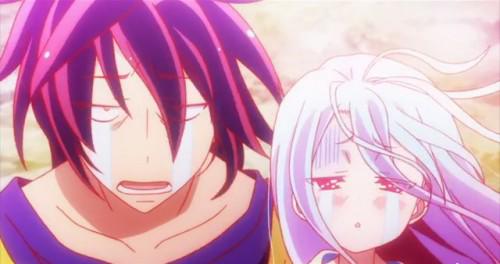
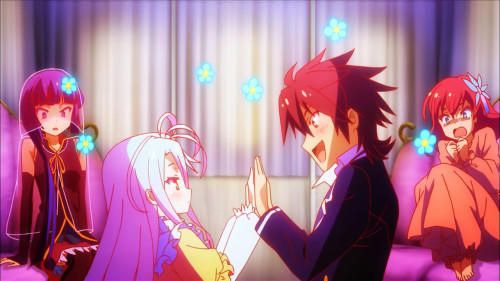
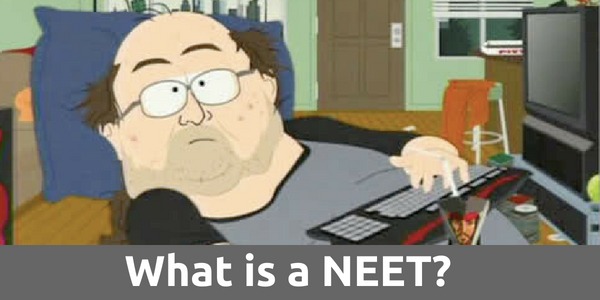
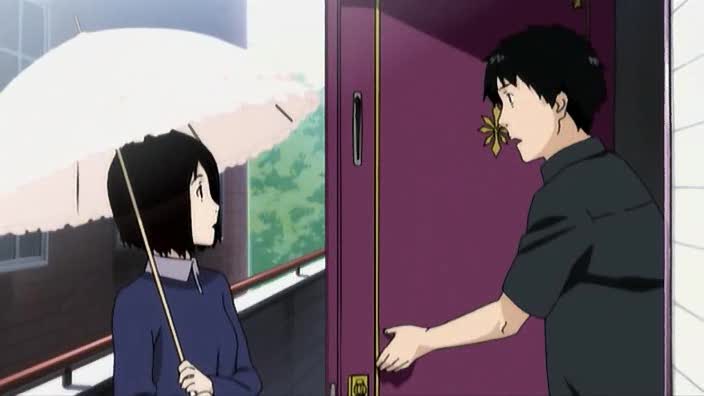
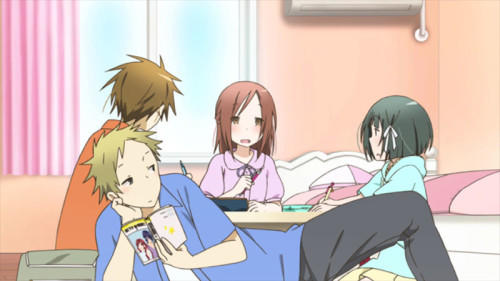
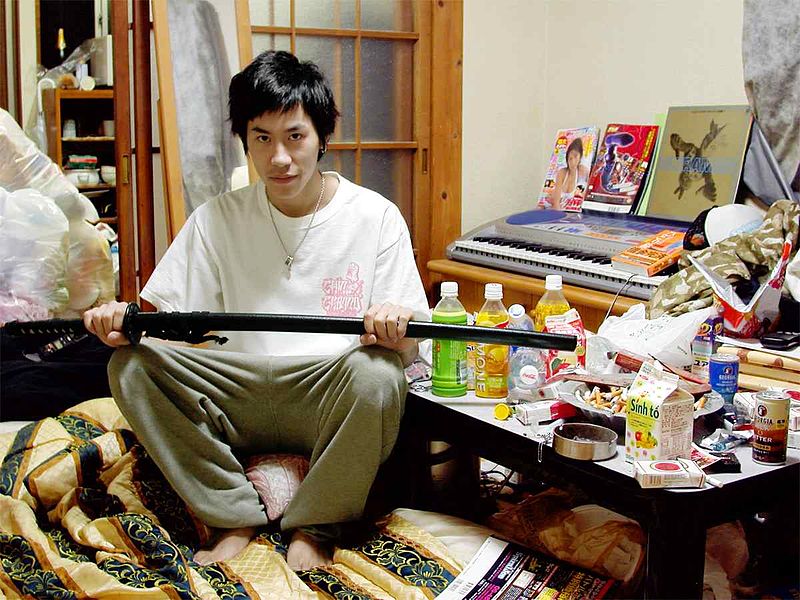
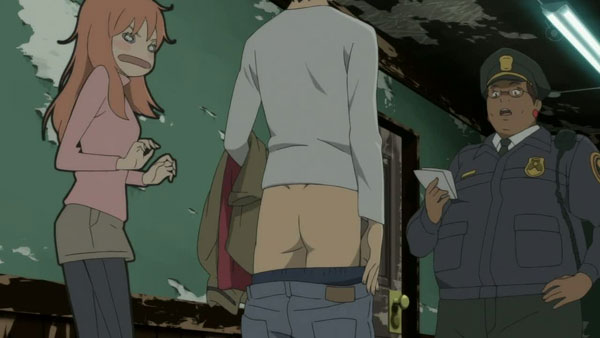
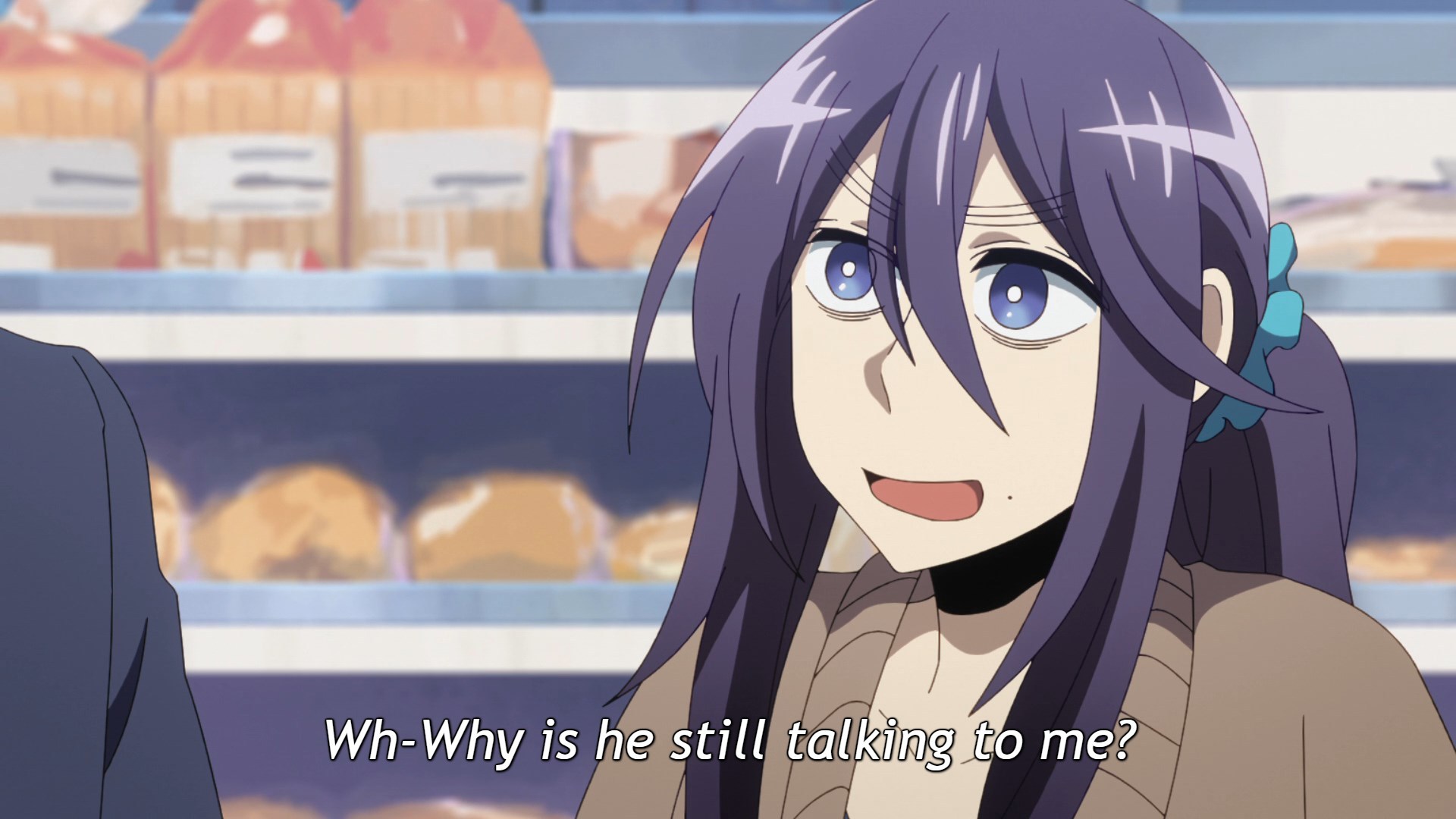
By the way, the OECD report that you are citing, does not back the statement at the population of NEETs are rising in Japan. In fact, it shows that the population of NEETs in Japan has declined between 2007 and 2012.
The Japan is worried that the existence of NEETs is adding to their population problem is adding to their declining population crisis, which it probably is. It is because of this crisis that the Japanese government has been campaigning to discourage the existence of NEETs (which is a somewhat sensible action, even if it has been executed somewhat poorly); however, the side effect of this campaign is that they sometimes make the problem seem bigger that it actually is. My statement that the problem in Japan has been blown a bit out of proportion is backed by your OECD report putting the existence of NEETs in Japan lower than the OECD average.
Thanks for the information. According to the study I cited, NEETs have been on the rise since 2008: “The NEET rate has increased in most OECD countries since the onset of the economic crisis.” But I have edited the article to clarify and avoid sensationalizing the study. The point the section attempts to make is how anime reacts to international trends, not just trends within Japan. Thanks again!